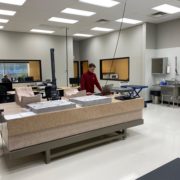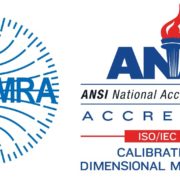COVID 19 has literally shut down a majority of the world’s production. As we have talked with our customers over this time, we have found that many have reduced their workforce or have implemented rolling furloughs. The problem is that once you let that skilled person go, they may actually find other work before you can hire them back. So, all of the training that was invested in them is gone. This seems especially true of Quality staff. During each normal business cycle and when things get tight, the quality staff is the first to be reduced. A new staff is then later brought on once the cycle has completed with the requisite experience or they are slowly trained up to a proficient level. This is logically the case as production requirements are lower during these cycles and removing production personnel would immediately and directly hamper the ability to generate revenue.
Continue Reading →



